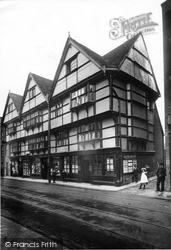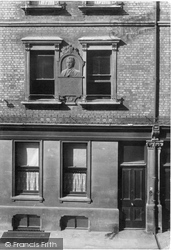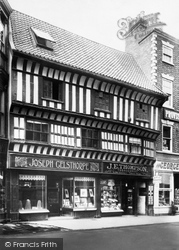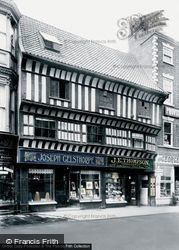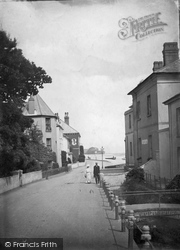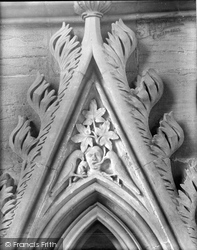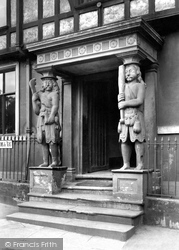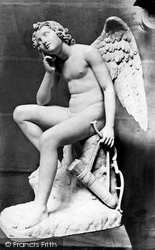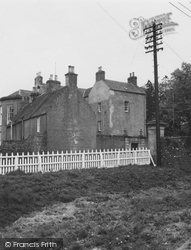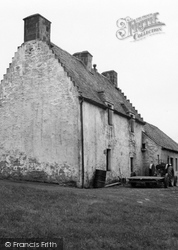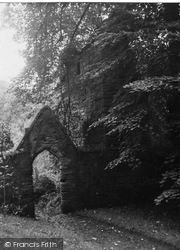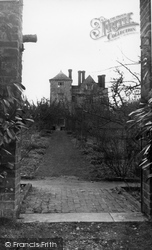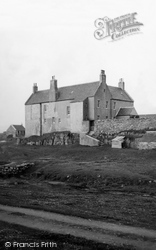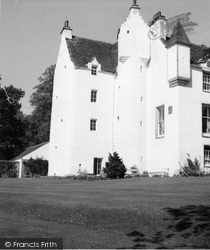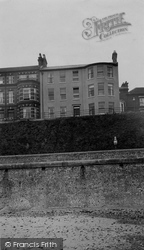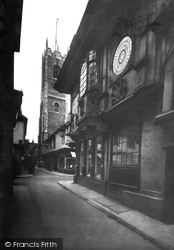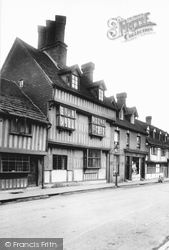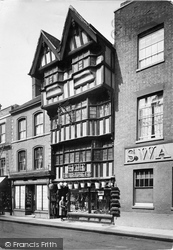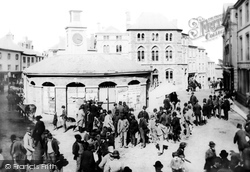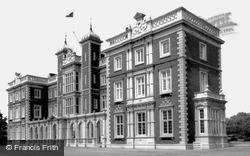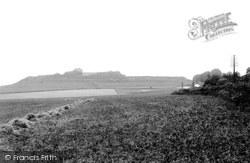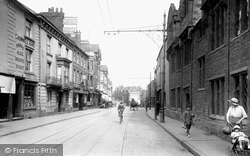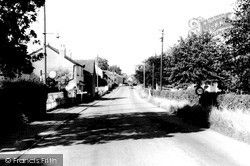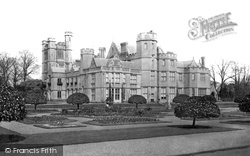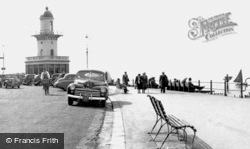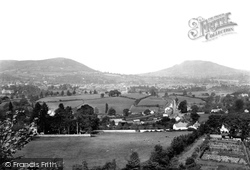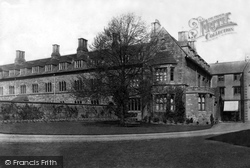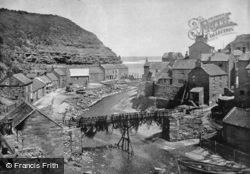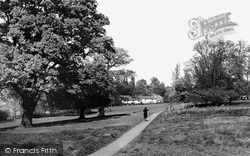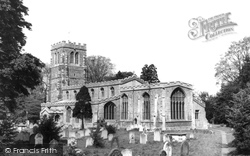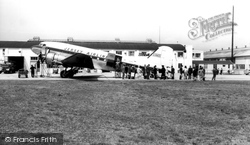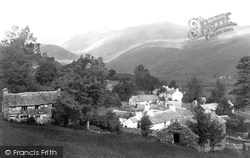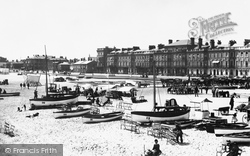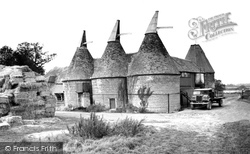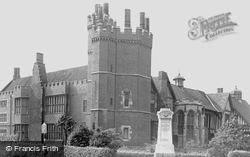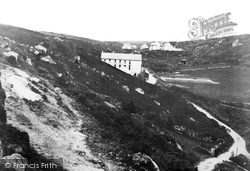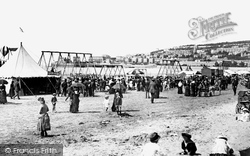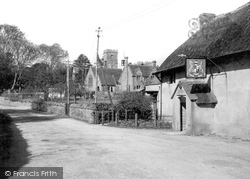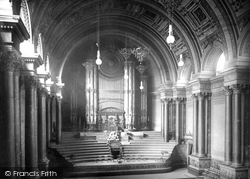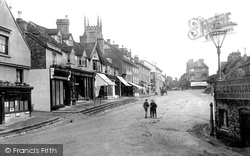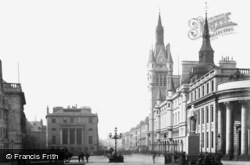Places
36 places found.
Those places high-lighted have photos. All locations may have maps, books and memories.
- Chatsworth House, Derbyshire
- Osborne House, Isle of Wight
- Brambletye House, Sussex
- Ickworth House, Suffolk
- Kingston Lacy House, Dorset
- Boscobel House, Shropshire
- Preshute House, Wiltshire
- Bolton Houses, Lancashire
- Brick Houses, Yorkshire
- Quaking Houses, Durham
- Water Houses, Yorkshire
- Bottom House, Staffordshire
- New House, Kent
- Mite Houses, Cumbria
- Lyneham House, Devon
- Church Houses, Yorkshire
- Dye House, Northumberland
- Spittal Houses, Yorkshire
- Street Houses, Yorkshire
- Tow House, Northumberland
- Halfway House, Shropshire
- Halfway Houses, Kent
- High Houses, Essex
- Flush House, Yorkshire
- White House, Suffolk
- Wood House, Lancashire
- Bank Houses, Lancashire
- Lower House, Cheshire
- Marsh Houses, Lancashire
- Chapel House, Lancashire
- Close House, Durham
- Guard House, Yorkshire
- Hundle Houses, Lincolnshire
- Hundred House, Powys
- Thorley Houses, Hertfordshire
- School House, Dorset
Photos
1,029 photos found. Showing results 21 to 40.
Maps
Sorry, no maps were found that related to your search.
Books
1 books found. Showing results 25 to 1.
Memories
Sorry, no memories were found that related to your search.
Captions
63 captions found. Showing results 25 to 48.
The oval Butter Market was designed by George Wightwick, who simultaneously designed the Lower Market House, which still stands in Market Street and is now an arcade.
Little remains of that house. What we see today is George Mair's reconstruction of 1848. It remains a gracious building in a county of exquisite architecture.
The Millers House seen here is all that remains of a much larger building; it is now almost invisible from the bridge downstream because the trees and riverside vegetation have grown so much.
This view is taken from beside the 17th-century pre-fire stone survivor, Hazelrigg House, looking east along the tram tracks, with the road widening towards Horse Market.
Since this picture was taken, the 'village' has undergone further housing developments which mean that it has become a suburb of Abergavenny.
Canford Manor, not far from Wimborne, dates from the early years of the 19th century, though it stands on the site of an ancient house which once belonged to the Earls of Salisbury.
During the war it was requisitioned to house travelling people, whose nomadic lifestyle was prevented by wartime restrictions.
Between the new cemetery in the centre and the allotments and houses to the right, the Merthyr, Tredegar and Abergavenny railway line, opened in 1862, begins its climb of 1000ft to Brynmawr,
This photograph, entitled with the school's historic name, King Edward VI Free Grammar School, shows School House, which was built by Hugo Daniel Harper, the school's headmaster from 1850
The boulders and rocks are placed strategically along the mudflats to protect the banks from sea erosion and to safeguard the houses close by. Whitby
The manor house (known by locals as 'The Palace') was an E-shaped building facing north. The ground floor comprised a hall, a parlour, a buttery and a kitchen.
As the town began to recover from the effects of the war, the Urban District Council turned its attention to providing the new housing that the town needed.
The elegant Georgian house on the right of the road has been converted to offices.To the right of it is the entrance to Botley Mills, an 18th-century mill complex, which is mentioned in the Domesday
At the south end of the village is Townend, a typical Lakeland statesman's house, now in the care of the National Trust.
In this early view of the beach, there are already signs of local businesses capitalising on the new influx of visitors, with terraces of newly-built lodging houses and cheap hotels.
suggested that the remains of Herstmonceux Castle form part of the oldest brick mansion in Britain; it was built in 1441, following a grant from the king to Roger de Fiennes to ‘embattle’ his manor-house
The centrepiece of the town is undoubtedly the great 15th-century mansion of the de Burghs, the Old Hall, set in a grassed square surrounded by Victorian housing.
Here, in an otherwise lonely valley, we can see the Eastern Telegraph Co's large cable station in the centre, with employees' housing in the distance.
On the left, the tea tent was run by the Castle Coffee House, based in Castle Street. To the right is a small shed advertising portraits 'painted and finished while you wait'.
Here Symondsbury may be deficient but it can boast the thatched Ilchester Arms Inn (right), which is named for the Strangways family, owning lands from Abbotsbury Swannery to Melbury House
The town hall not only housed the council: there were law courts, facilities for lectures, public meetings and for music festivals.
The town hall not only housed the council: there were law courts, facilities for lectures, public meetings and for music festivals.
At the end of Middle Row stands the house and shop (1877) of George Bailye, tailor and hairdresser.
The Town House extends from there to the taller tower, built about 1870. The statue is of George, fifth and last Duke of Gordon, as the inscription on the plinth poignantly explains.
Places (80)
Photos (1029)
Memories (0)
Books (1)
Maps (0)


